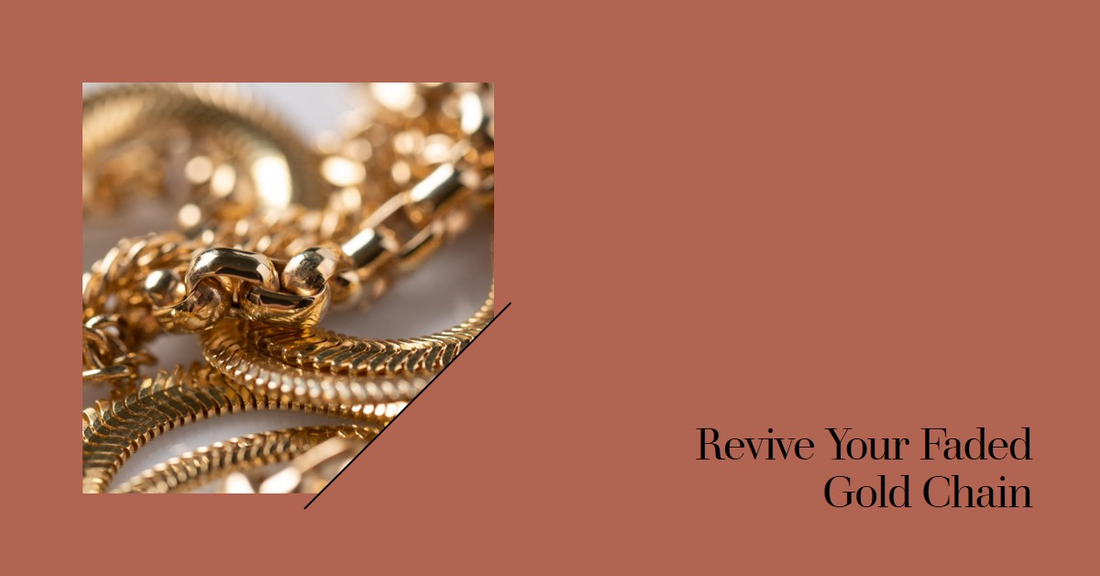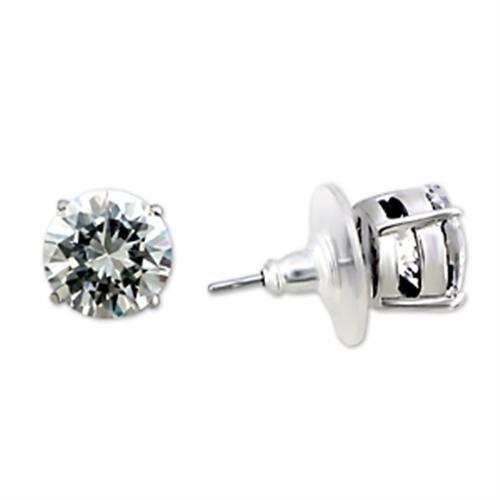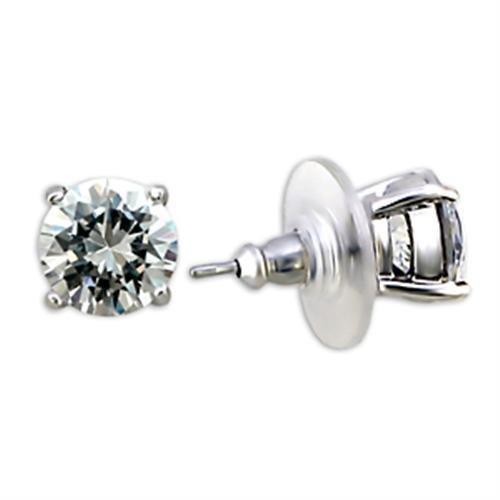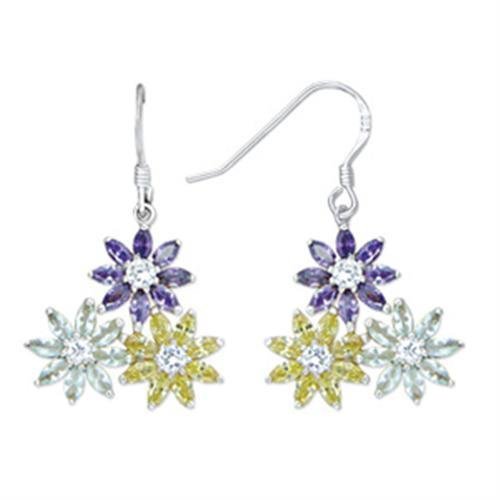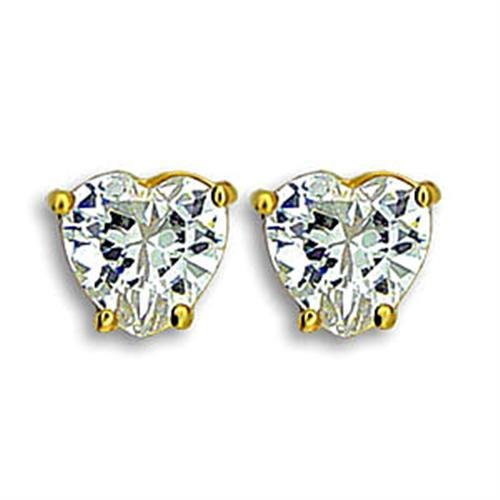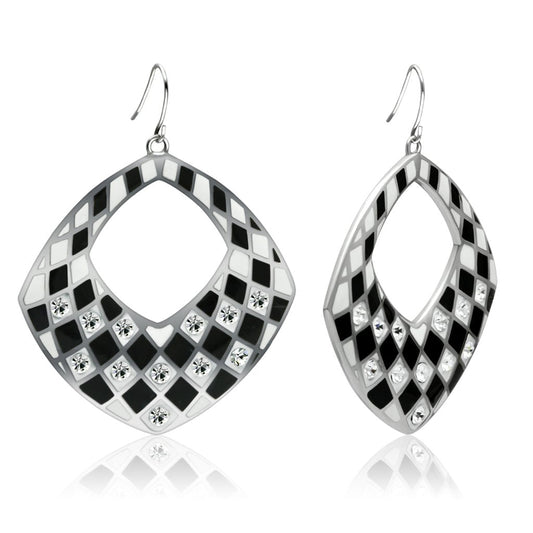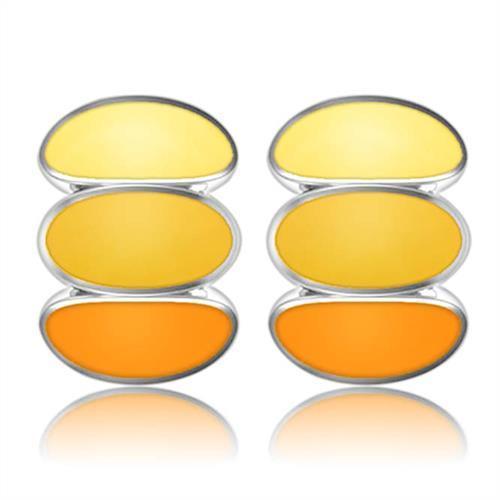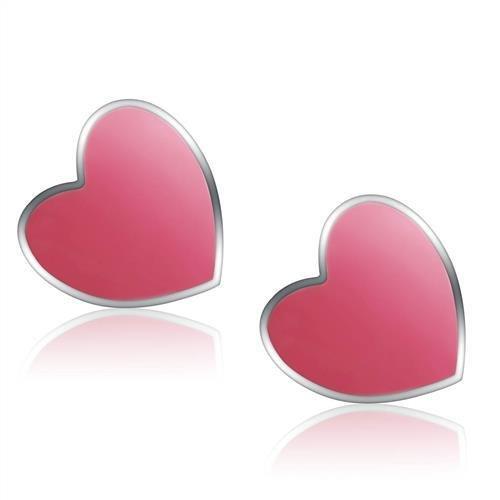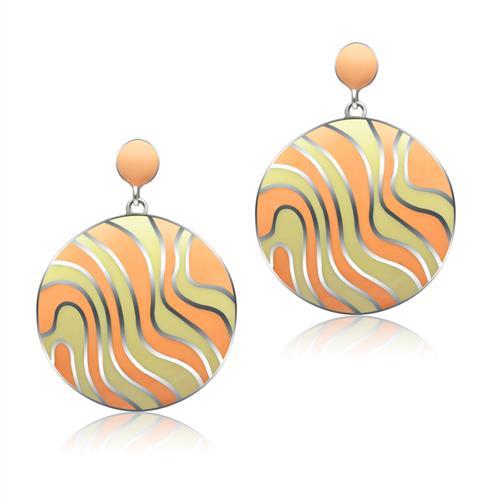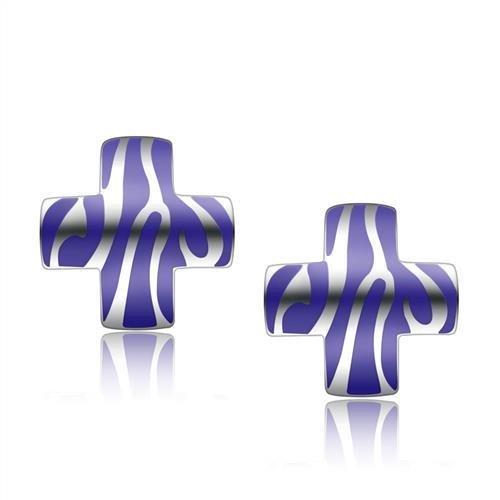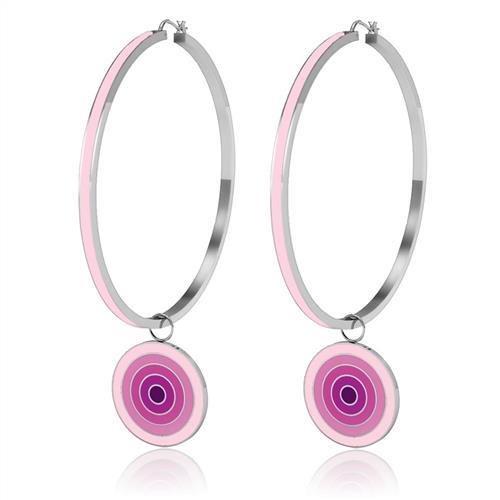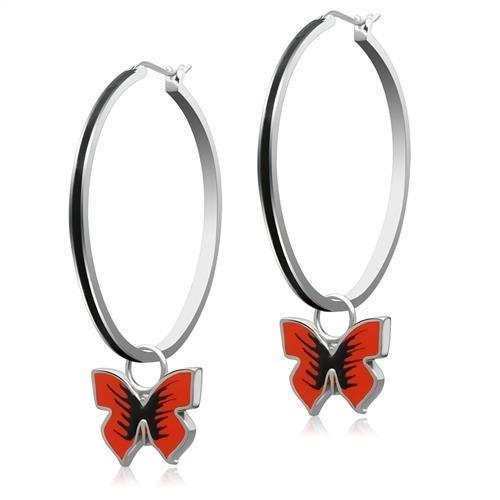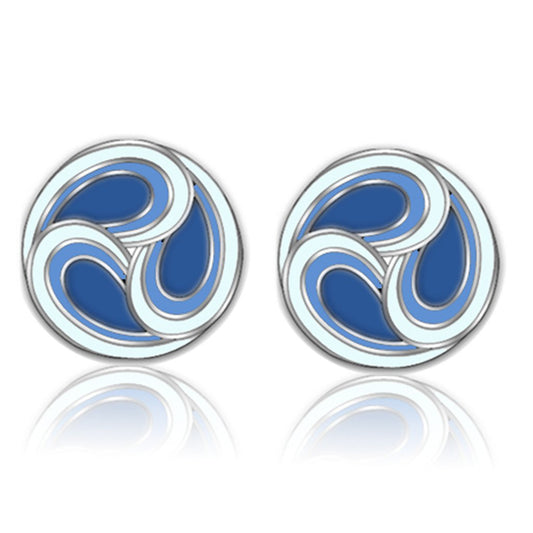In the world of accessories, the luster of gold jewelry holds a timeless appeal. However, not everyone can indulge in the luxury of pure gold pieces, leading many to opt for gold-plated or faux gold alternatives. These pieces, while beautiful, can sometimes lose their sheen over time, leaving wearers wondering, "If a cheap gold chain starts to lose its gold color, how can I revert it, or even just make it look better?" This article delves into practical and accessible methods to rejuvenate your beloved pieces, ensuring they continue to complement your style without breaking the bank.
Table of Contents
- Understanding the Basics of Jewelry Care
- DIY Restoration Techniques for Faux Gold Jewelry
- Protective Measures
- Professional Intervention
- Preventive Measures for Jewelry Longevity
- Specialized Care for Different Jewelry Types
- Embracing Professional Services
- Creative Repurposing of Irreparable Jewelry
- FAQ: Restoring and Enhancing Gold-Toned Jewelry
Understanding the Basics of Jewelry Care
Before diving into restoration techniques, it's crucial to grasp the fundamentals of jewelry care. Regular maintenance is key to prolonging the life and beauty of your accessories, whether they're cherished heirlooms or trendy fast-fashion pieces. Simple practices like wiping your jewelry with a soft cloth after wear, storing pieces in anti-tarnish containers, and avoiding exposure to harsh chemicals can significantly mitigate wear and tear.
DIY Restoration Techniques for Faux Gold Jewelry
The Toothpaste Method
One of the most accessible cleaning solutions involves something you likely already have in your home: toothpaste. Apply a small amount of toothpaste to a soft-bristled toothbrush and gently scrub your tarnished piece. This method can help remove surface dirt and bring back some shine to your faux gold jewelry.
Vinegar Soak
Vinegar is another household staple that can aid in cleaning tarnished items. Soaking your jewelry in a mixture of white vinegar and water for 15-20 minutes can help dissolve grime and restore some of the original luster. Remember to rinse thoroughly and dry with a lint-free cloth afterward.
Ammonia Cleanse
For more stubborn tarnish, a solution of one part ammonia to six parts water can be effective. Soak the jewelry for no more than a minute before rinsing and drying. It's important to note that ammonia is a strong chemical, and this method should be used sparingly to avoid damaging the jewelry.
Protective Measures
Applying a Clear Coat
To prevent future tarnishing, consider applying a thin layer of clear coat gloss spray paint. This creates a protective barrier over the metal, extending the life of the gold tone. Ensure the jewelry is clean and dry before application and always spray in a well-ventilated area.
Jewelry Sealants
Specialized jewelry sealants can also offer a protective layer against wear and tarnish. These products are designed to be gentle on costume jewelry and can significantly extend the period between cleanings.
Professional Intervention
While DIY methods can be effective for minor issues, significant discoloration or damage may require professional jewelry repair. Jewelers have access to advanced techniques and materials that can restore the appearance of gold-plated and faux gold pieces, including replating services that can make your jewelry look as good as new.
Preventive Measures for Jewelry Longevity
Regular Cleaning
Incorporating regular cleaning into your routine can significantly impact the longevity of your jewelry. Mild soap and warm water can work wonders for most pieces, followed by a gentle scrub with a soft-bristled toothbrush for those hard-to-reach places. Ensuring your jewelry is dry before storage is crucial to prevent any moisture-related tarnish.
Proper Storage
Proper storage is paramount in preserving the integrity of your jewelry. Keeping your pieces in a dry, cool place away from direct sunlight can prevent premature tarnishing. Consider using jewelry storage solutions like anti-tarnish bags or boxes lined with soft fabric to keep each piece separate and safe from scratches.
Avoiding Harmful Exposures
Exposure to harsh chemicals, including those found in perfumes, lotions, and cleaning products, can accelerate the tarnishing process. It's advisable to put your jewelry on last when getting ready and to take it off first when you're home. Additionally, removing jewelry before swimming or exercising can protect it from corrosive sweat and chlorinated water.
Specialized Care for Different Jewelry Types
Gold Plated Jewelry
Gold plated jewelry requires a gentle touch. Avoid abrasive products that can wear away the gold layer. Using a jewelry polishing cloth specifically designed for gold can help maintain its shine without causing damage.
Silver and Platinum Pieces
Silver jewelry is prone to tarnish, but storing it in an airtight container can significantly slow down this process. Platinum, while more durable, still benefits from regular cleaning with a mild soap solution to maintain its luster.
Delicate and Gemstone-Adorned Jewelry
Pieces adorned with gemstones or intricate designs may require extra care. Avoid using harsh cleaning solutions that could damage delicate stones. For such precious items, professional jewelry cleaning services are often the safest bet to ensure they're handled with the care they deserve.
Pearls and Other Organic Gems
Pearl jewelry and other organic gems like coral or amber need special attention. These materials are softer and more porous, making them susceptible to damage from chemicals and even excessive light. Wiping pearls with a damp cloth after wear and storing them separately can help preserve their beauty.
Embracing Professional Services
While the DIY approach and preventive measures can maintain your jewelry's appearance, there are times when professional intervention is necessary. Jewelers offer services like deep cleaning, stone setting inspections, and even replating worn gold plated jewelry, ensuring your pieces remain in top condition.
Creative Repurposing of Irreparable Jewelry
Sometimes, a piece of jewelry may be beyond the point of traditional restoration. In such cases, consider repurposing the elements that still hold beauty. Gemstones can be reset into new pieces, and metal can be melted down and reformed, giving your cherished items a second life in a new form.
FAQ: Restoring and Enhancing Gold-Toned Jewelry
- Can I use baking soda to clean my tarnished gold-toned jewelry?
- Yes, baking soda can be used for cleaning gold-toned jewelry. Create a paste with baking soda and water, apply it gently with a soft-bristled brush, then rinse and dry thoroughly. However, be cautious with delicate pieces or those with gemstones.
- Is it safe to use ultrasonic cleaners on gold-plated jewelry?
- Ultrasonic cleaners should be used with caution on gold-plated jewelry, as they can potentially strip away the gold layer. It's best to consult with a professional or refer to the manufacturer's recommendations before using ultrasonic cleaning methods.
- How often should I clean my gold-toned jewelry to prevent tarnishing?
- Regular cleaning can significantly reduce tarnishing. Clean your gold-toned jewelry every 2-3 weeks, or more frequently if you wear it daily or expose it to harsh conditions.
- Can toothpaste damage gold-plated jewelry?
- While toothpaste can be used for cleaning, its abrasive nature might scratch or damage the surface of gold-plated jewelry. Use a non-abrasive, gel-based toothpaste if you choose this method, and apply it gently.
- What should I do if my gold-plated jewelry has already started peeling?
- If the gold plating is peeling or flaking, it's best to take the piece to a professional jeweler. They can assess whether re-plating is a viable option to restore its appearance.
- How can I protect my gold-toned jewelry from fading?
- To protect your jewelry, avoid exposure to chemicals, including perfumes and lotions, and remove your pieces before swimming or showering. Store your jewelry in a dry, tarnish-resistant environment.
- Are there any natural remedies for cleaning gold-toned jewelry?
- Lemon juice is a natural cleaner that can brighten gold-toned jewelry. Soak the jewelry in a mixture of lemon juice and water for a few minutes, then rinse and dry thoroughly. However, test this method on a small area first to ensure it doesn't damage the finish.
- Can I use a clear nail polish to protect my gold-toned jewelry?
- Applying a thin layer of clear nail polish can provide a temporary barrier against tarnish and skin discoloration. However, this is not a long-term solution, as the polish can wear off or become sticky over time.
- What's the best way to store gold-toned jewelry when I'm not wearing it?
- Store your gold-toned jewelry in a cool, dry place away from direct sunlight. Use anti-tarnish strips or cloths in your jewelry box, and keep pieces separate to avoid scratches.
- Can professional jewelers restore the color of heavily tarnished gold-toned jewelry?
- Yes, professional jewelers can often restore the color and shine of heavily tarnished gold-toned jewelry. They have access to specialized cleaning and re-plating techniques that can rejuvenate your pieces.

